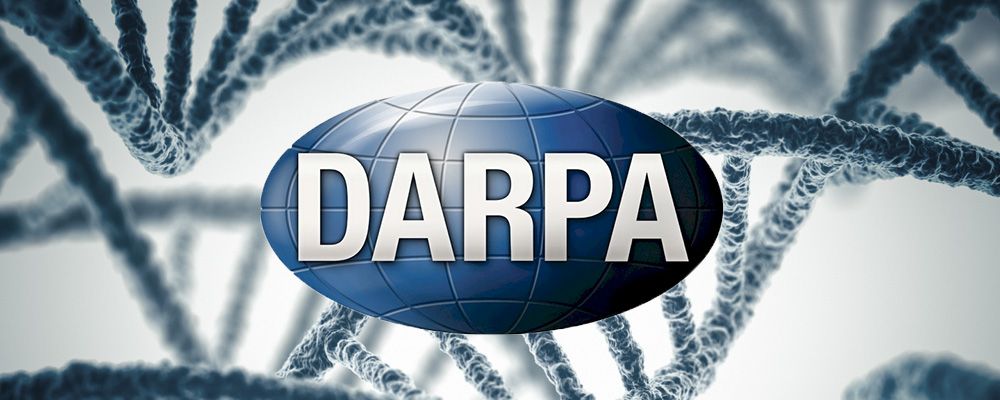The United States is one step closer to eliminating its reliance on Russian technology to launch its military satellites.
The Hydrocarbon Boost Technology Demonstrator, a U.S. Air Force technology effort focused on development of Oxygen Rich Staged Combustion rocket engine technology, has recently completed its first full-scale component test at 100-percent power.
The development of Oxygen Rich Staged Combustion technology has been deemed a critical technology for the nation to help eliminate the United States’ reliance on foreign rocket propulsion technology.








